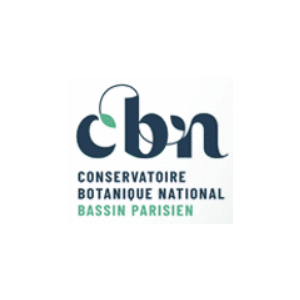
Document généré le 18/09/2025 depuis l'adresse: https://www.documentation.eauetbiodiversite.fr/fr/notice/etude-de-la-contamination-de-la-langouste-blanche-panulirus-argus-et-de-la-langouste-bresilienne-p-guttatus-par-la-chlordecone-le-long-de-la-cote-atlantique-de-la-martinique-campagnes-2011
Etude de la contamination de la langouste blanche Panulirus argus et de la langouste brésilienne P. guttatus par la chlordécone le long de la côte atlantique de la Martinique. Campagnes 2011
Titre alternatif
Producteur
Contributeur(s)
Identifiant documentaire
9-19971
Identifiant OAI
oai:archimer.ifremer.fr:19971
Auteur(s):
Bertrand, Jacques,Dromer, Clement,Reynal, Lionel
Mots clés
Date de publication
01/08/2012
Date de création
Date de modification
Date d'acceptation du document
Date de dépôt légal
Langue
fre
Thème
Type de ressource
Source
Droits de réutilisation
Délégation Antilles
Région
Département
Commune
Description
Spiny lobsters are an important component of the coastal fisheries around the Martinique island. This study aimed to assess the contamination by kepone of the two main species Panulirus argus and P. guttatus in the main fishery area laying along the eastern coast of Martinique. The objectives of the study were to describe the distribution of the spiny lobster contamination in the area, to explore possible relationships with some biological parameters such as individual size, sex and colour of tegument, as well as characterize difference of kepone concentration between the muscle and soft flesh of the head, in view of helping the definition of further fishery management measures. The analyses were done from chemical analyses of 125 samples of spiny lobsters gathered from 2008 to 2010 all around the island, and from a specific set of 200 new observations from a specific survey carried out in 2011 in the study area.
For both species, the results show a diffusion of the contamination all over the coral shoals, close to contaminated catchment basins, with a strong decrease just outside these areas. For the Caribbean spiny lobster, a strong relationship between kepone concentration and individual size was identified, and less for the Spotted spiny lobster. For the two species, the concentration of kepone found in soft flesh of the head was more than twice as in the muscle. Finally, the difference of contamination between the two species appeared strongly linked with their biology.
Accès aux documents
0
Consultations
0
Téléchargements






























